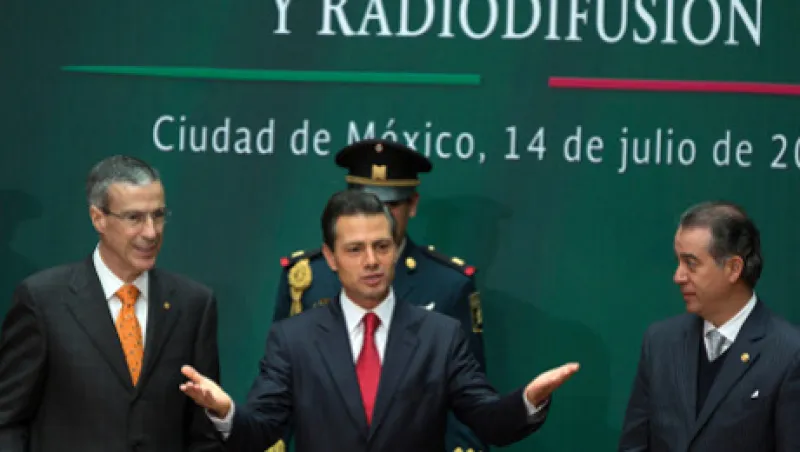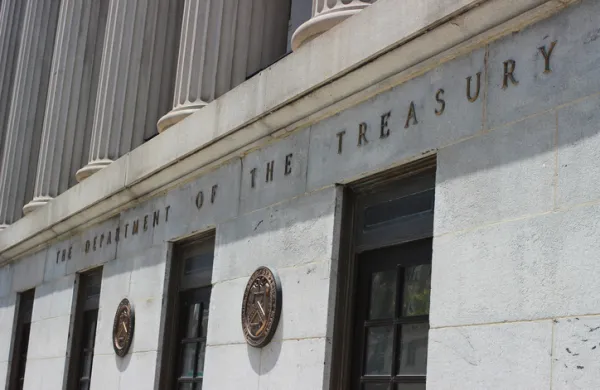“Deserve your dream.” — Octavio Paz, Mexican writer, poet and diplomat (1914–’98)
With President Enrique Peña Nieto’s avowed “resolution to succeed” in delivering broad-based reforms across the energy, financial services and telecoms sectors gaining momentum, we have visited Mexico several times to try to better understand what we believe is an inflection point in the country’s political and economic history. Beyond the contacts KKR enjoys through the KKR Global Institute on the geopolitical and macro sides, our firm also has a notable footprint in Mexico by way of our private equity holdings and ten portfolio companies, which employ nearly 12,000 people across the country.
So, what did we learn about investing in Mexico?
• Simply stated, Mexico requires a different investment playbook than that of many of its emerging-markets peers. Consumption accounts for 69 percent of gross domestic product. At $11,000, the country’s per capita GDP falls into the World Bank’s upper middle income bracket, and urbanization is nearly 80 percent. Mexico is also an extremely open, services-based economy that has major bilateral trade agreements with more than 40 countries. With 87 percent of its exports going to the U.S. and the country poised to benefit from growing access to cheap U.S. natural gas, Mexico is more closely linked to North American growth than to the GDP trajectory of China.
• “Small current-account and fiscal deficits have made Mexico a good emerging-markets investment story amid the aftermath of the 2008–’09 financial crisis. We think Mexico has the potential to be a great investment if it stays on Peña Nieto’s structural reform agenda. All told, GDP growth could increase to about 4.5 percent, from 2.8 percent.
• Contrary to press reports, Mexico is not just a pure-play energy reform story. Energy reform indeed is an important piece of the macro puzzle. For example, current receipts from Petróleos Mexicanos (PEMEX) account for one third of tax revenues. But without a comprehensive overhaul of the sector, Mexico cannot achieve the efficiencies it so desperately needs in other areas of its economy, including manufacturing, exports, logistics and electricity.
• To date, Mexico remains a show-me story. The country’s productivity growth has been running, on average, at only half that of Brazil, one eighth of India’s and one sixteenth of China’s since 1990. More recently, GDP growth has been lackluster, consumer confidence is down and unemployment is rising again. Our bottom line: Peña Nieto’s administration should deliver not only on its long-term reform agenda to improve productivity but also on its tactical mandates, such as infrastructure spending and public works to boost growth during this transition period.
• As proposed reforms gain momentum, we at KKR believe strongly that asset allocators would benefit more from owning small- and midcap Mexican equities versus high-profile large-cap stocks. Since July 2012 — coinciding with Peña Nieto’s election — Mexico’s midcap IMC 30 Index has outperformed the large-cap Mexican Bolsa IPC Index and the MSCI Mexico Index by 46 and 44 percent, respectively. Separately, we also think that private credit and nonbank financing represent notable opportunities, especially considering that seven or eight financial institutions that cater largely to megacap and multinational corporations make up more than 80 percent of the banking sector.
• Though we are positive on the country overall, the Mexico story still has several key geopolitical and macro risks. In particular, a lack of efficacy on the part of legal institutions — and the subsequent problems of criminality, violence and corruption — drags on GDP. Mexico City financial consultancy firm Grupo de Economistas y Asociados estimates that annual GDP would be 600 basis points higher if money currently spent by the government on national security went instead to households to boost private consumption. Finally, while Peña Nieto’s reform agenda is well defined and credible, Mexican history is littered with reform stories that stumbled in implementation.
Our bottom line: Given the breadth and depth of the present reform agenda, we think Mexico is approaching an inflection point. The time is nigh to invest in the debt and equity of companies whose growth was previously stymied by monopolistic pricing. If we are right, Mexico’s equity market capitalization as a percentage of GDP could rise steeply from the present 40 percent.
Importantly, Mexico has a credible central bank with strong policies. Its government is moving toward more openness, not less, which distinguishes it from nearly every other emerging market we visit. Also, there is no credit overhang that would impede growth or monetary and fiscal policy. We believe that over time this backdrop should reward investors who, too, appreciate that Mexico is an emerging-markets opportunity that is best addressed through a more innovative, macro-focused lens.
See our note for more information and analysis on Mexico.
Henry McVey is head of KKR’s global macro and asset allocation team; Vance Serchuk is executive director of the KKR Global Institute; both are in New York.
Get more on emerging markets.






